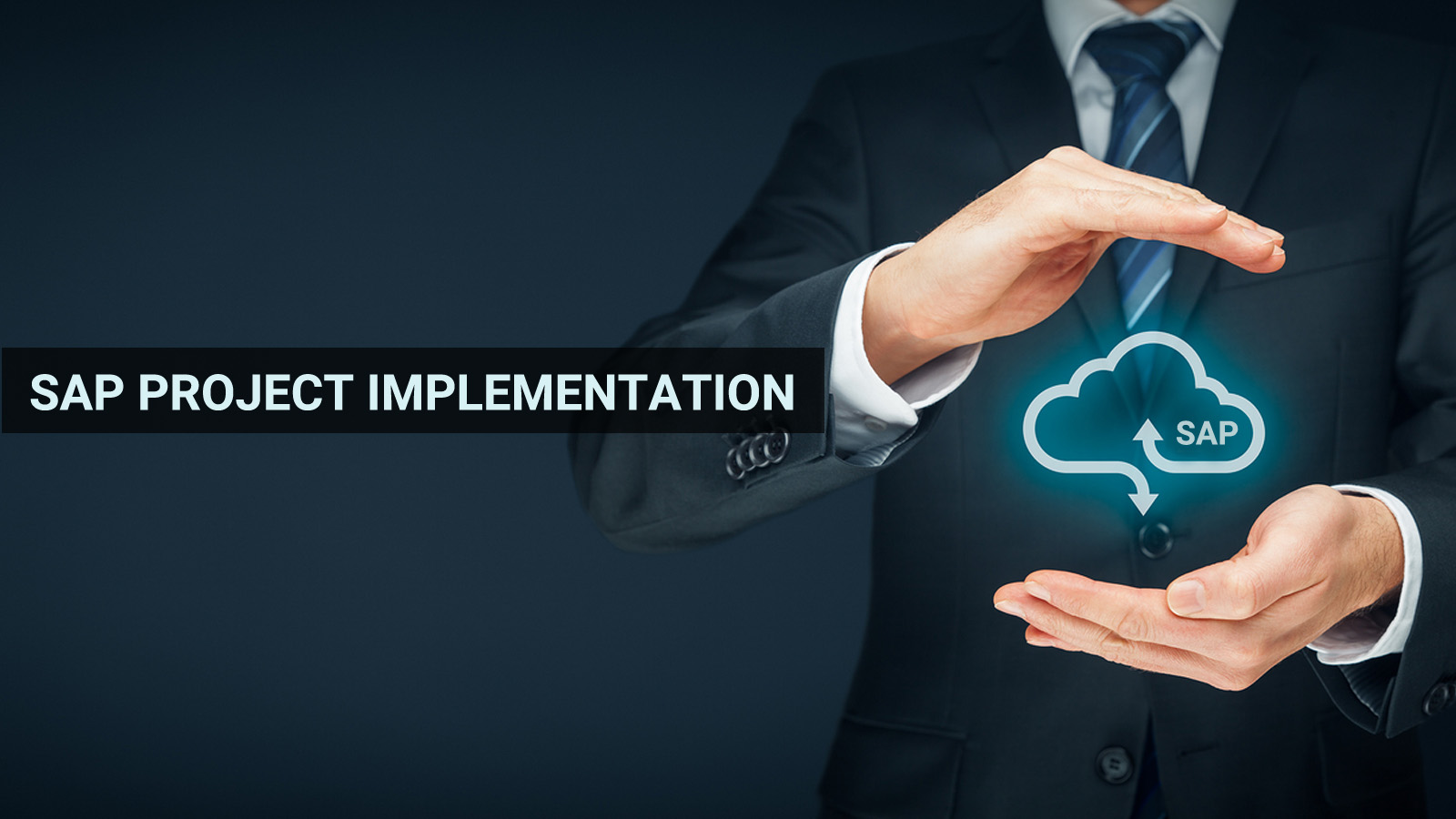 More SAP implementations were launched last year and the technology being proven, business managers have begun realizing the benefits of new SAP implementation solutions. It is imperative to think about the best option for your organization when it comes to SAP implementation as many projects have failed due the companies not planning due diligence or putting the people to work without relevant SAP implementation experience.
More SAP implementations were launched last year and the technology being proven, business managers have begun realizing the benefits of new SAP implementation solutions. It is imperative to think about the best option for your organization when it comes to SAP implementation as many projects have failed due the companies not planning due diligence or putting the people to work without relevant SAP implementation experience.
So, here we have come up with the tips that will help you in your successful SAP implementation.
Define your SAP S/4 HANA journey
You need to define your implementation goals, and the approach you need to take for the same, like technical versus transformational or slower versus accelerated.
SAP implementation as business change program
SAP implementation is a serious investment, look at it as a business change program, not just a pure IT project. Commitment of senior management needs to be ensured to lead and identify the business change initiatives including governance of global master data, shared services, sales and operations planning, etc.
Define the business case
Consider the business benefits of your SAP implementation initiative, and the benefit levers that can be pulled to make financial sense from your transformation initiatives. Make the investment to create and define your business case, that way you will be able to reap the benefits throughout your SAP project implementation lifecycle.
Anticipate problems and be proactive
A SAP project manager doesn’t only have to control costs and manage activities to ensure that everything is executed on time. He needs to be aligned with the strategy and should adjust requirements if it could lead to real improvements. One has to follow up with the people in project team, stakeholders and key users to understand how their way of working will affect SAP implementation.
Preparation and prerequisite
Have smaller work packages for scope, effort and acceptance criteria for the project work breakdown structure (WBS) and define maximum number of iterations and durations per work package. Define functional release/acceptance criteria for each work package and schedule a handover session for a combination of work packages.
The advantage of this preparation would be that adaptation and changes could be made directly before the execution integration tests that can be focused on integration aspects rather than on functional topics. You will have smoother integration tests, go-live and hyper-care phase
Waterfall vs. agile methodology
Traditional agile projects had waterfall approach that follow distinct sequential phases and contingency planning when things start to fall behind the schedule. However, most current SAP implementation projects use agile methodology that consists of a number of sprints in which the design, build and unit testing all is done in distinct bursts. Scrums are held frequently to apprise every one of the issues, slippages become easily visible and scope changes are easily catered to.
Key dependencies need to be ensured and allocation of deliverables to various sprints in a specific order needs to be done for successful implementation.
Allocating deliverables to sprints
One also needs to ensure that easiest deliverable are not chosen for the first few sprints just to please the stakeholders, rather the most complex and challenging deliverables need to be given appropriate consideration to mitigate the risks.
Preconfigured solutions
Whenever possible, leverage preconfigured solutions; it will help you increase the adoption of standard SAP functionalities. With preconfigured solutions, you can have two week development sprints and your development list won’t grow too long.
Business benefits after go-live
All affected business functions need to lead the change with clear methodology to identify, plan and track business benefits that need to be supported with defined responsibilities and clear communication. Often SAP project is led by IT management, while the involvement of production and procurement team, and sales & marketing is also equally important as the implementation should not be seen merely as an IT project. This will help your project deliver business benefits after go-live.
ASAP as standard implementation
- Some SAP consultants prefer ASAP (accelerated SAP) as standard SAP project preparation and system implementation method that involves the below phases:
- Project preparation phase (It includes team formation, project goals, identifying stake holders and risks)
- Blueprint phase (Includes setting scope for SOLMN, getting the IDES system ready, following SAP best practices and conducting hands-on workshops)
- Realization phase (Getting the blueprint signed off, documenting functional specifications, regulating change management efforts and testing some more)
- Final preparation phase (Complete development (FRICE), revalidating the business case, conducting a final project review and preparing a data migration plan)
- Go-live phase (Formally announcing that SAP is live, value management, closing the project management plan, conducting a final steering committee meeting and preparing a continuous improvement plan).
Whatever strategy you prefer for your SAP implementation, make sure that you have the right consultants and resources working on your project with right amount of technical expertise and experience.
Building the team with right expertise is important
Having the right resources in place is crucial for the success of a SAP project. The team should have best resources from operational pragmatism, business process engineering, project management and quality improvement to drive improved profitability for your company. Use tried and tested resources from your own network or trusted resource partner for this purpose.
For best outcomes from your SAP implementation, create some truly differentiated processes and embed AI within your business processes. You need not digitize everything, just two or three areas can be optimized to prove the value and increase your capability for future transformations.


 rohit
rohit

